Call us on (03) 6326 4955 (Launceston). (03) 6231 2931 (Hobart).
Inspiration
4 min read
Tiles aren’t just for function – they are an essential design tool that can transform any room. One of the most striking techniques in interior design today is colour blocking, a strategy that brings both style and structure to spaces of all sizes. Whether you're looking to define areas in an open floor plan, create a grand statement, or simply add a burst of personality, colour blocking with tiles is a versatile and dynamic way to elevate your interiors. Here’s how you can use colour blocking to its full potential:

Separate a Space and Define an Area
Open floor plans, large rooms, or quirky layouts can often present a challenge when it comes to creating distinct zones. One of the simplest ways to tackle this is by using colour blocking with tiles. By applying different coloured tiles in specific areas, such as around a shower in a wet room, you can visually separate and define different sections of the room.
This approach allows your eye to naturally order the space, guiding it to specific areas at a glance. Not only does this define individual spaces, but it also opens up possibilities for experimenting with a variety of tiles – playing with different colours, shapes, and textures within the same area. Colour blocking can give a room a sense of structure while keeping it visually interesting.
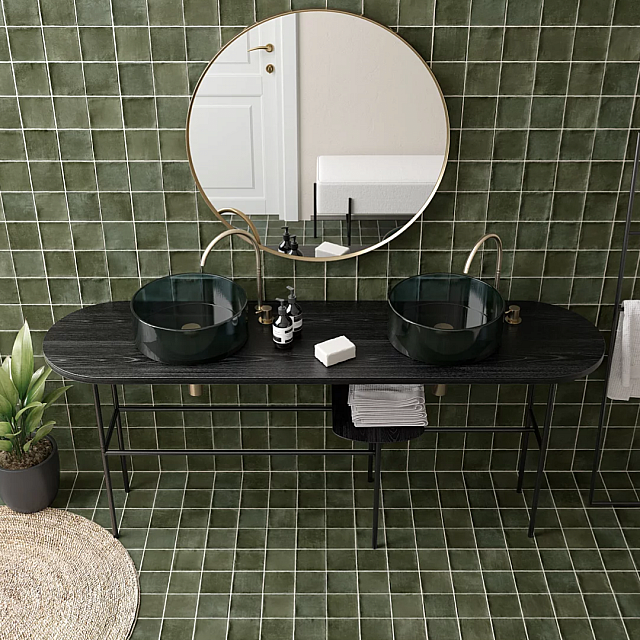
All Over Colour Blocking
If you’re looking for a more unified, yet bold approach, all-over colour blocking might be the way to go. Instead of using tiles to define separate areas, why not carry one vivid colour throughout the entire room? By using a single tile colour across the floor and walls, you can add depth and the illusion of more space.
To keep the design dynamic, try varying the shape, texture, or tone of the same colour. This subtle shift helps to distinguish between surfaces, like the wall and floor, without overwhelming the eye. For an added layer of interest, pair the tiles with accent pieces, such as a coloured bathtub or vanity, to break up the space with complementary hues.
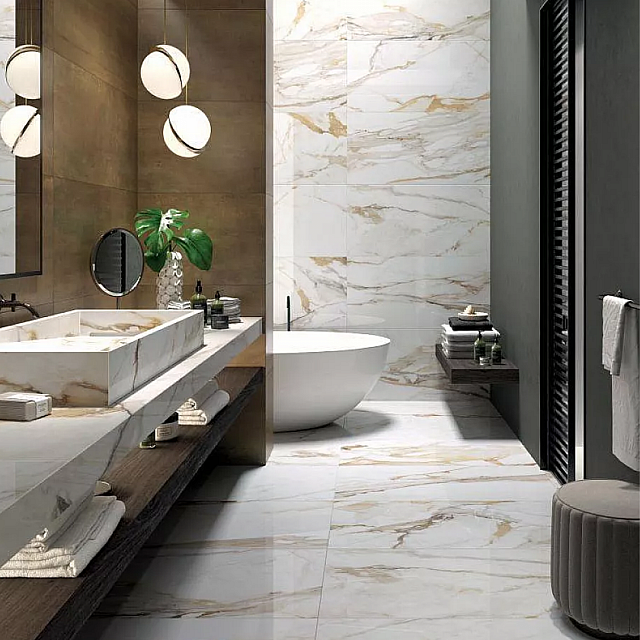
Colour Blocking on a Large Scale
For a truly striking look, large-scale colour blocking is a fantastic option. This bold approach makes a grand statement by using the same tile on both the walls and floor, extending across every surface – including vanity benchtops, bath surrounds, and even windowsills.
To balance the intensity of the colour, you can introduce complementary tones in other elements, such as fixtures or accessories. These accents will not only provide contrast but will also help to create a sense of harmony within the space. Large-scale colour blocking can transform a bathroom or kitchen into a show-stopping, stylish environment that oozes grandeur.
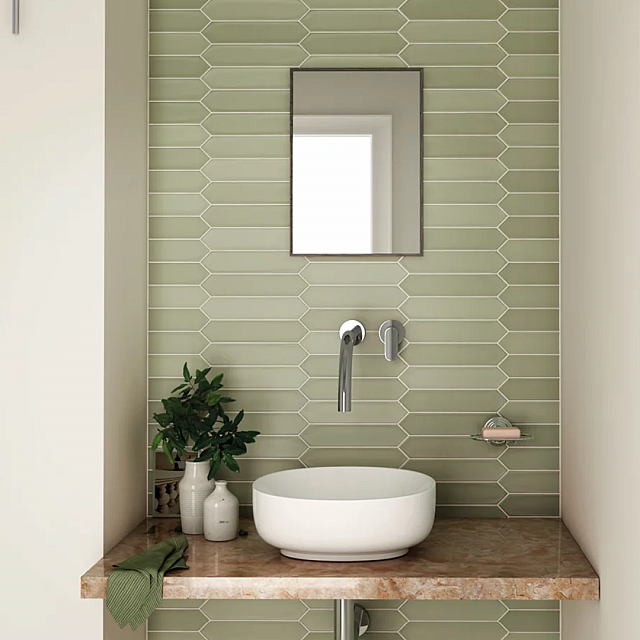
Colour Blocking on a Small Scale
Not every space needs a dramatic overhaul – sometimes, a touch of colour blocking is all it takes to refresh a smaller room. In compact areas, you can pair bold colours with white or almost-white tiles to create a visual focal point that feels both bold and balanced.
Larger neutral tiles in tones like grey or beige can soften the look, providing a grounding effect to the bright colours. This technique adds an element of interest without overwhelming the space, making it perfect for smaller bathrooms or powder rooms. The result is a refined, yet playful design that adds personality without sacrificing elegance.
Colour blocking with tiles is more than just a trend – it's a powerful way to inject style, define spaces, and experiment with textures, colours, and layouts. Whether you choose to define specific areas, create depth with a single hue, or go big with large-scale designs, the possibilities are endless. So, grab your tiles and get ready to colour your world!
Published on 13th August 2025
More from the blog

Design & Aesthetic
4 min read
Finding the Perfect Tile Texture for Your Space
From soft matt to polished shine, find the perfect tile finish to shape your home’s atmosphere.
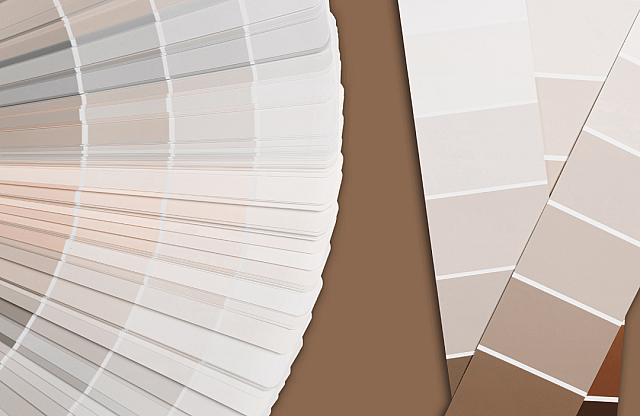
Inspiration
4 min read
Dulux Colour Forecast 2026 with Tiles
Discover how Dulux’s 2026 Colour Forecast — Elemental, Ethereal and Evoke — comes to life through texture, tone and curated tiles.
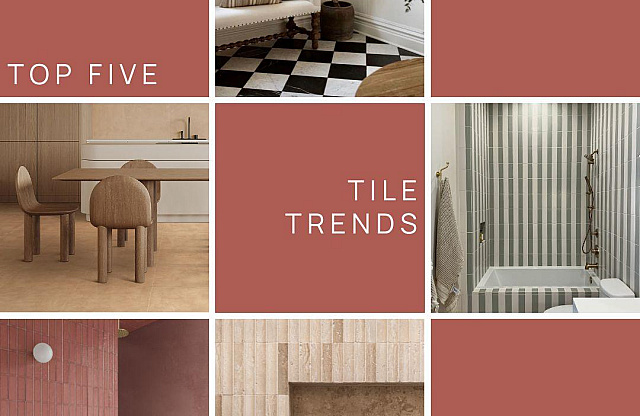
Inspiration
4 min read
Top 5 Tile Trends for 2025
Discover the top five tile trends for 2025—bold colours, earthy textures and materials, and timeless patterns to transform your space.